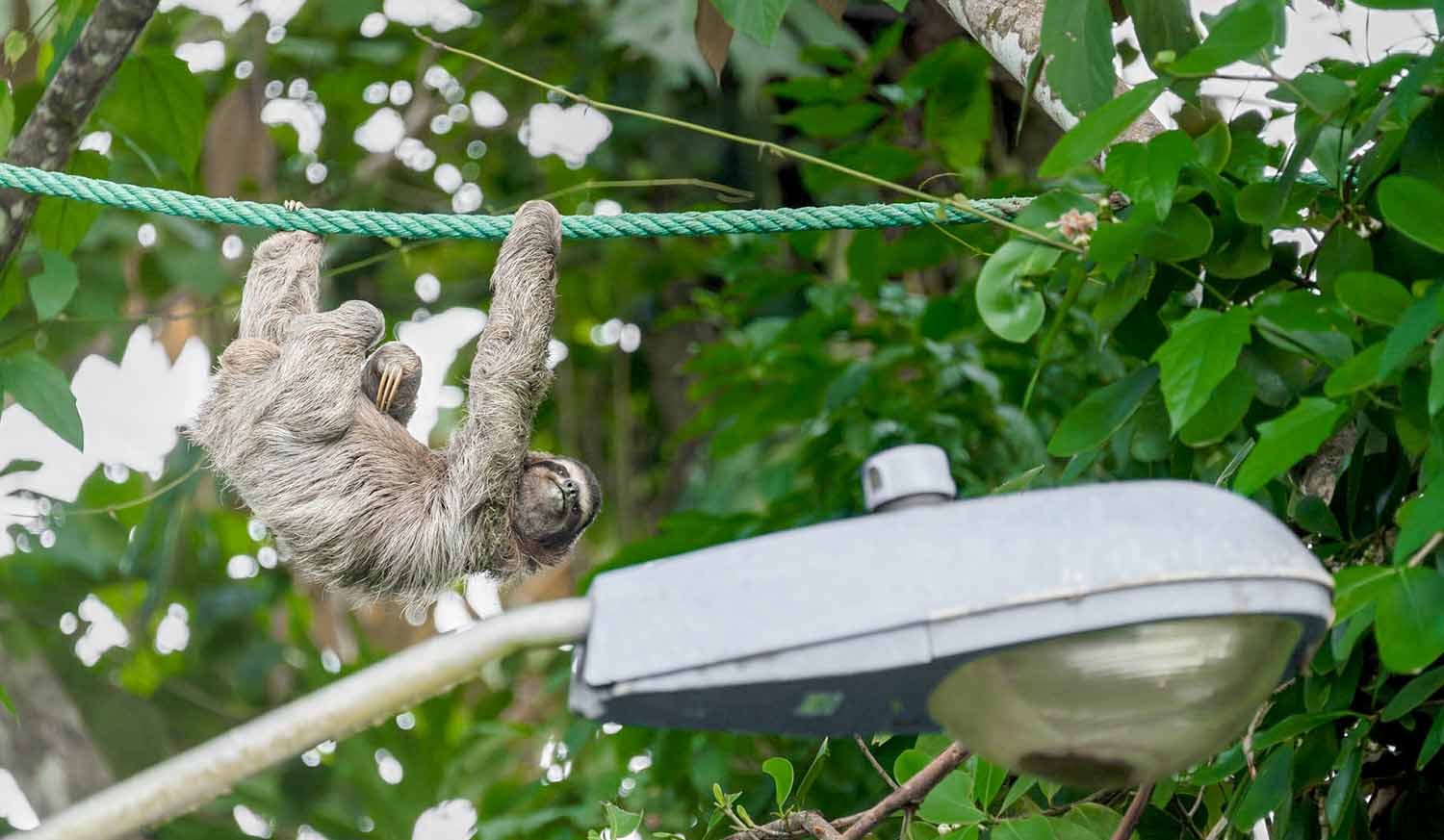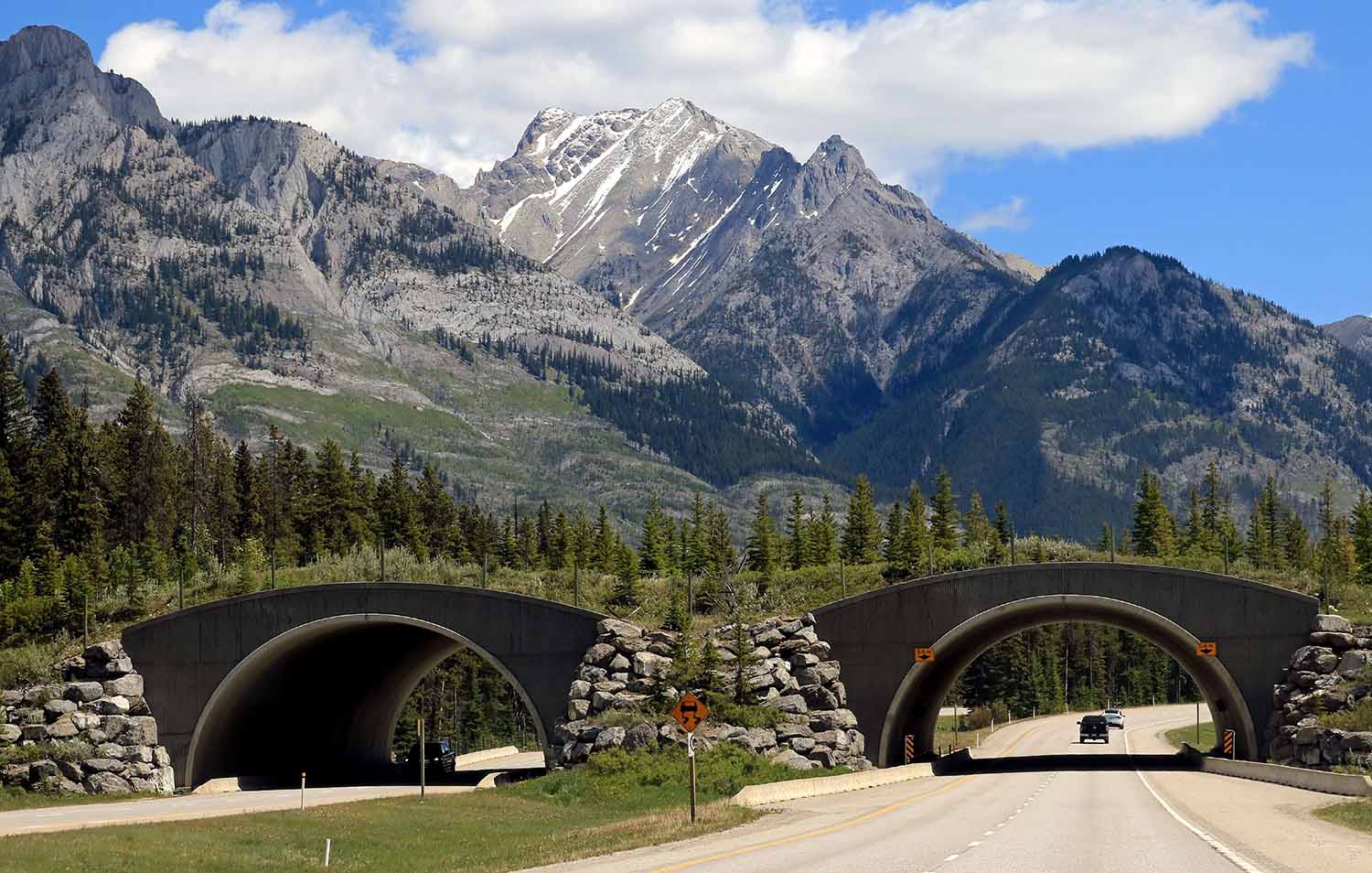A Real-Life Animal Crossing
A new bridge in California will allow mountain lions and other animals to cross a busy highway.
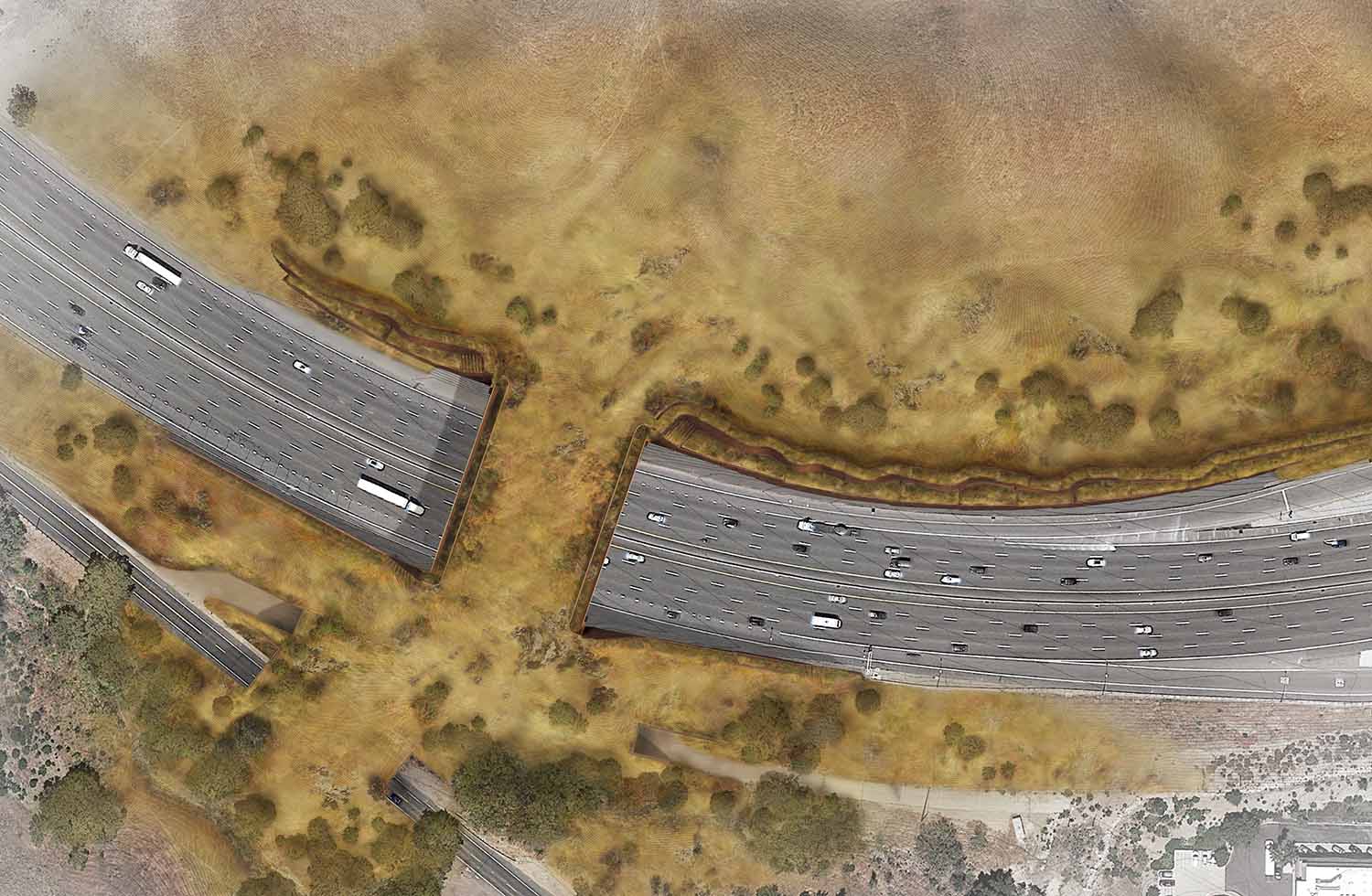
Courtesy of National Wildlife Federation
This image shows what the Wallis Annenberg Wildlife Crossing will look like when completed.
Officials in California are building a bridge over a busy highway—not for people, but for animals. Located over U.S. Highway 101 in Southern California, the Wallis Annenberg Crossing will make it safer for wildlife to cross the road.
Wild animals depend on their habitat for food, shelter, and reproduction. But when a road goes right through that habitat, it puts those animals in danger by making it harder for them to reach the resources they need to survive. Animals that do try to cross the road are at risk of getting hit and killed. Experts are particularly concerned about a population of mountain lions living in the nearby Santa Monica Mountains.
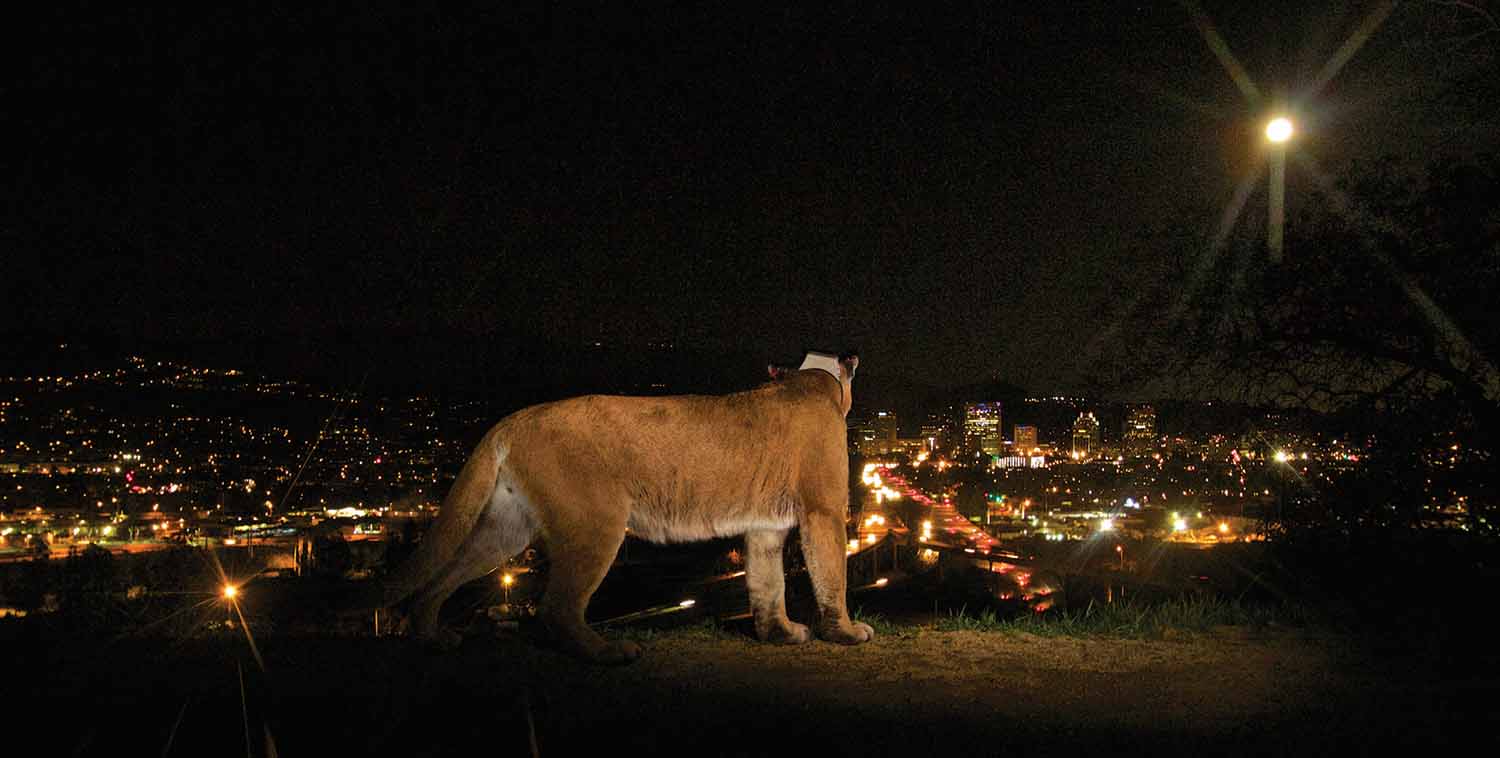
© Steve Winter via National Wildlife Federation
This mountain lion, known as P-22, helped inspire the Wallis-Annenberg Wildlife Crossing.
But wildlife crossings can make it easier for nature and vehicles to exist together. These bridges and tunnels span a growing number of roads or train tracks in many parts of the world.
When it’s completed in 2026, the Wallis Annenberg Crossing will be the largest such crossing in the world. It will allow mountain lions, deer, bobcats, black bears, rabbits, and other animals to get from one side of their habitat to the other while the traffic continues to flow below them.
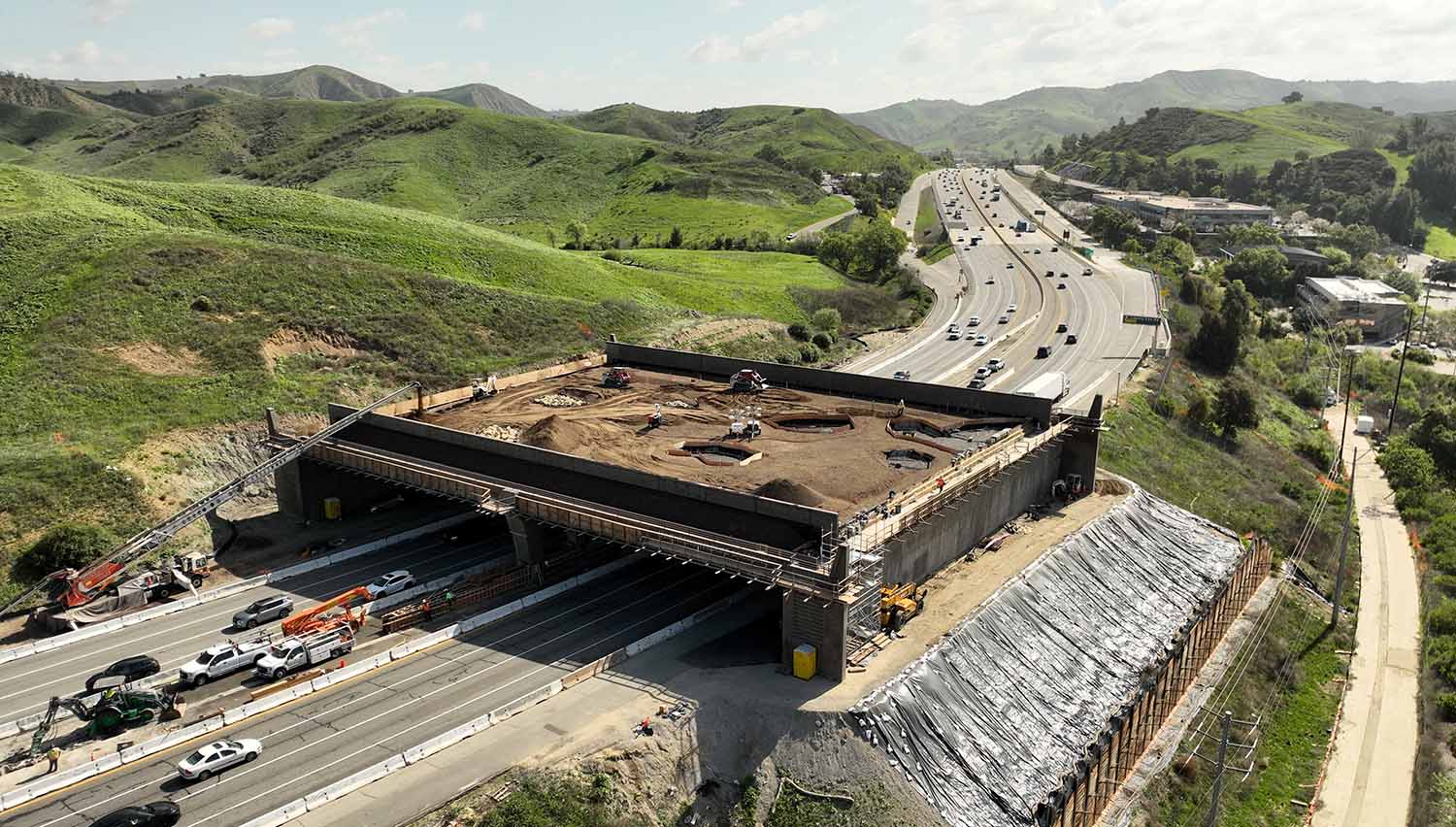
Courtesy of National Wildlife Federation
In this image, soil is being added to the top of the Wallis Annenberg Wildlife Crossing.
The crossing will mimic, or copy, nature as closely as possible. It has already been covered with soil and will eventually feature thousands of plants that are native to the area.
“We can coexist side by side with all kinds of [wildlife] instead of paving it over,” Wallis Annenberg said in 2022, when construction on the bridge began. Annenberg is a philanthropist, or a person who gives money to causes that help others. She and her foundation helped raise much of the money to pay for the crossing. “[This wildlife crossing] is about bringing more attention to an ingenious solution so urban wildlife and ecosystems like this one cannot only survive, but thrive.”

